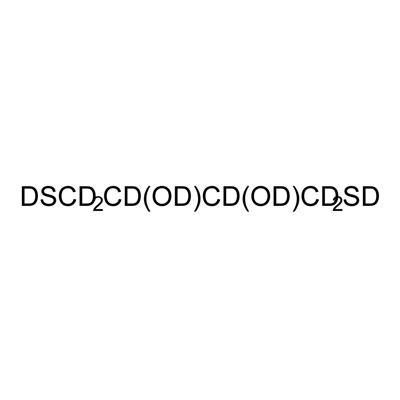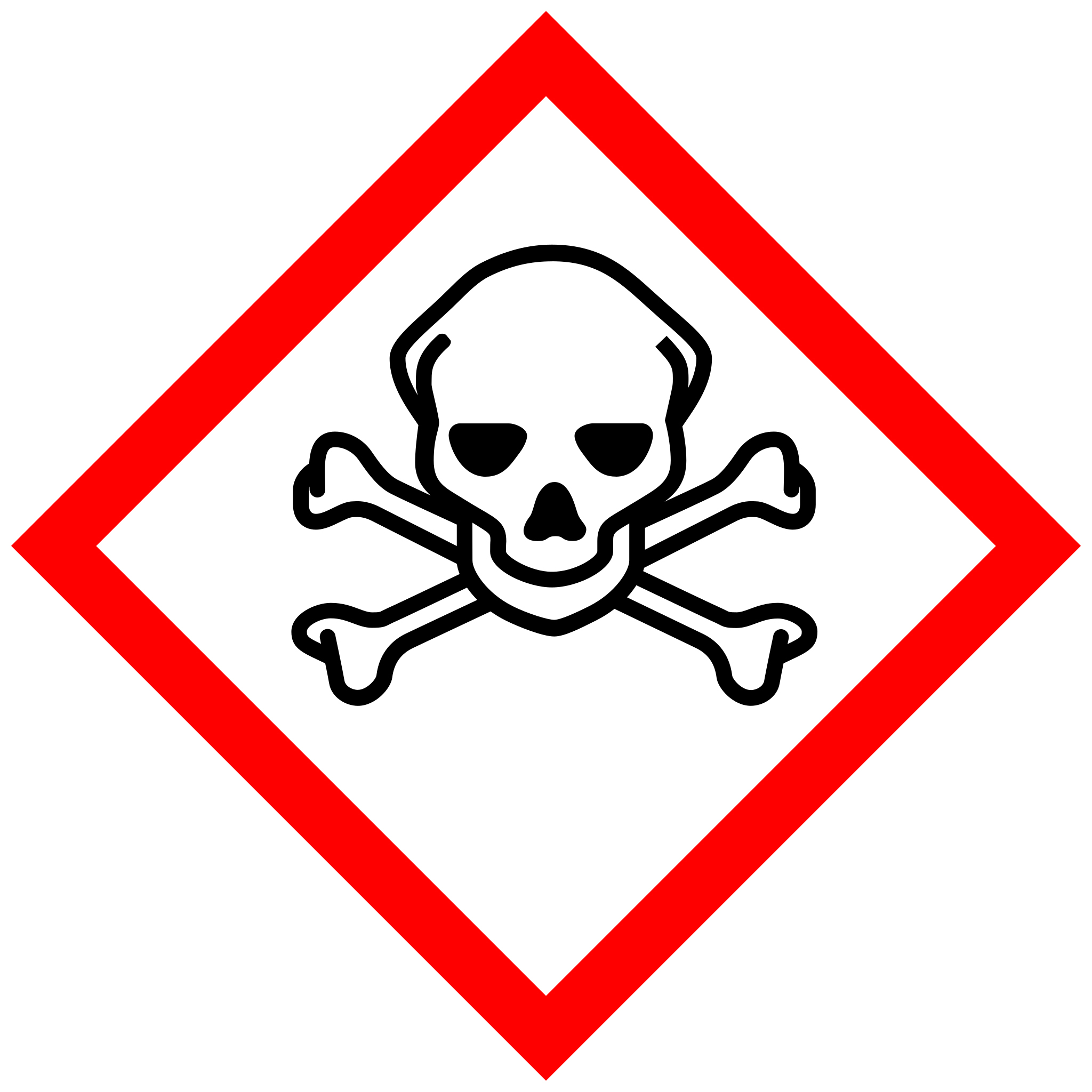No. d'articleDLM-2622-0.5
DL-1,4-Dithiothreitol (D₁₀, 98%)


Synonymes(2S,3S)-1,4-Bis(sulfanyl)butane-2,3-diol; Cleland's Reagent; threo-1,4-Dimercapto-2,3-butanediol; DL-1,4-Dimercapto-2,3-dihydroxybutane; threo-2,3-Dihydroxy-1,4-dithiolbutane
FormuleDSCD2CD(OD)CD(OD)CD2SD
CAS Nombre Labeled302912-05-6
CAS Nombre Unlabeled3483-12-3
Numéro CE222-468-7
| No d'article | Package size | Disponibilitée | List Price | Prix | ||
|---|---|---|---|---|---|---|
| DLM-2622-0.5 | 0.5 g | Stock bas | $1210 | Prix $1210 |
Propriétés
Molecular Weight164.31
Purity98%
FormIndividual
ConcentrationNeat
Application(s)Biomolecular NMR, Proteomics
Storage TempStore refrigerated (-5 °C to 5 °C). Protect from light.
Description
Description du produit
1,4-dithiothreitol, also known as DTT, is a water-soluble reagent commonly used in biochemistry. It acts as a reducing agent for disulfide bonds in protein studies and protects thiol groups from undergoing oxidation. It is also used prior to conducting SDS-PAGE analysis.
Application(s)
Informations sur la sécurité
Hazard Pictograms

Signal WordDanger
Hazard StatementToxic if swallowed., Causes skin irritation., Causes serious eye irritation., May cause respiratory irritation.
Commentaires
Il n'ya pas de commentaires pour le moment.
No. d'articleDLM-2622-0.5
DL-1,4-Dithiothreitol (D₁₀, 98%)


This item requires an export license
when the destination country is
CN (+Hong Kong),BY, IR, IL, LB, MO, PK, RU VE.
Synonymes(2S,3S)-1,4-Bis(sulfanyl)butane-2,3-diol; Cleland's Reagent; threo-1,4-Dimercapto-2,3-butanediol; DL-1,4-Dimercapto-2,3-dihydroxybutane; threo-2,3-Dihydroxy-1,4-dithiolbutane
FormuleDSCD2CD(OD)CD(OD)CD2SD
CAS Nombre Labeled302912-05-6
CAS Nombre Unlabeled3483-12-3
Numéro CE222-468-7
| No d'article | Package size | Disponibilitée | List Price | Prix | ||
|---|---|---|---|---|---|---|
| DLM-2622-0.5 | 0.5 g | Stock bas | $1210 | Prix $1210 |
Propriétés
Molecular Weight164.31
Purity98%
FormIndividual
ConcentrationNeat
Application(s)Biomolecular NMR, Proteomics
Storage TempStore refrigerated (-5 °C to 5 °C). Protect from light.
Description
Description du produit
1,4-dithiothreitol, also known as DTT, is a water-soluble reagent commonly used in biochemistry. It acts as a reducing agent for disulfide bonds in protein studies and protects thiol groups from undergoing oxidation. It is also used prior to conducting SDS-PAGE analysis.
Application(s)
Informations sur la sécurité
Hazard Pictograms

Signal WordDanger
Hazard StatementToxic if swallowed., Causes skin irritation., Causes serious eye irritation., May cause respiratory irritation.
Commentaires
Il n'ya pas de commentaires pour le moment.


 Deutsch (Deutschland)
Deutsch (Deutschland) English
English Español (España)
Español (España) 中文(中国)
中文(中国)